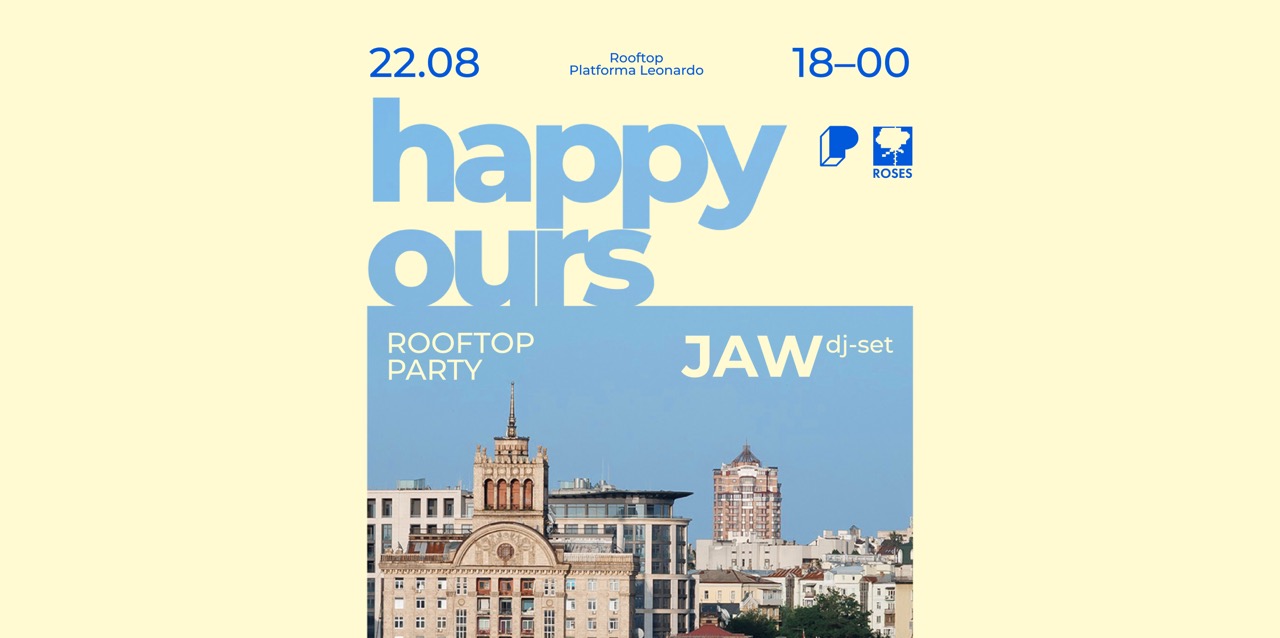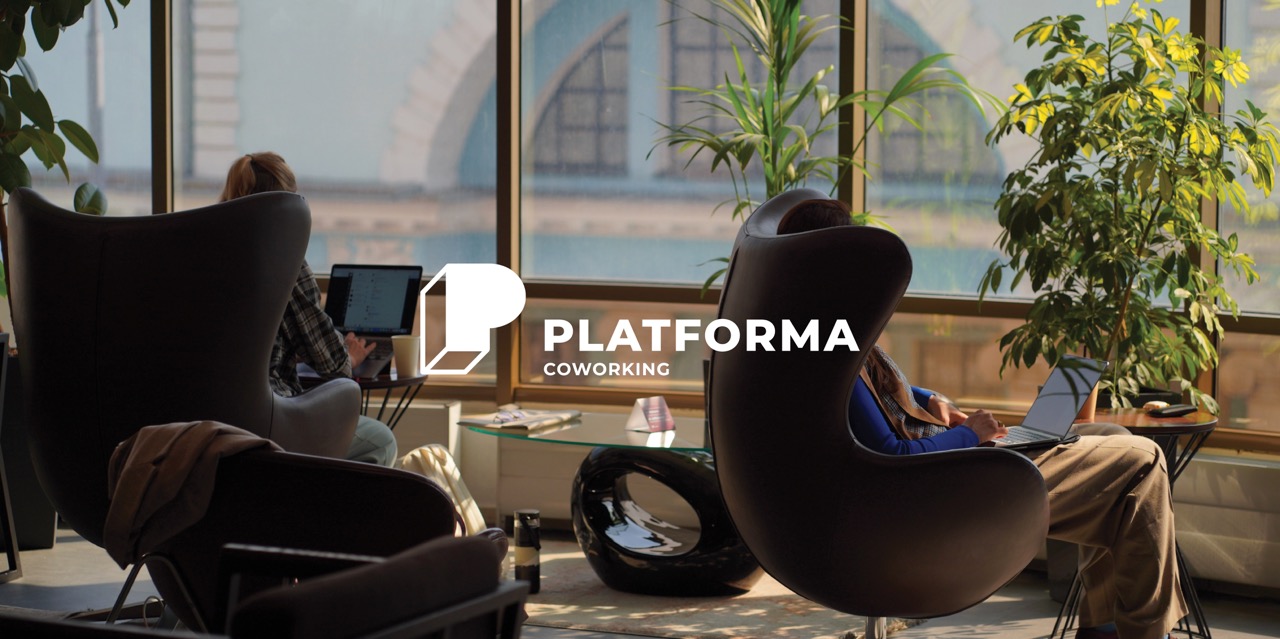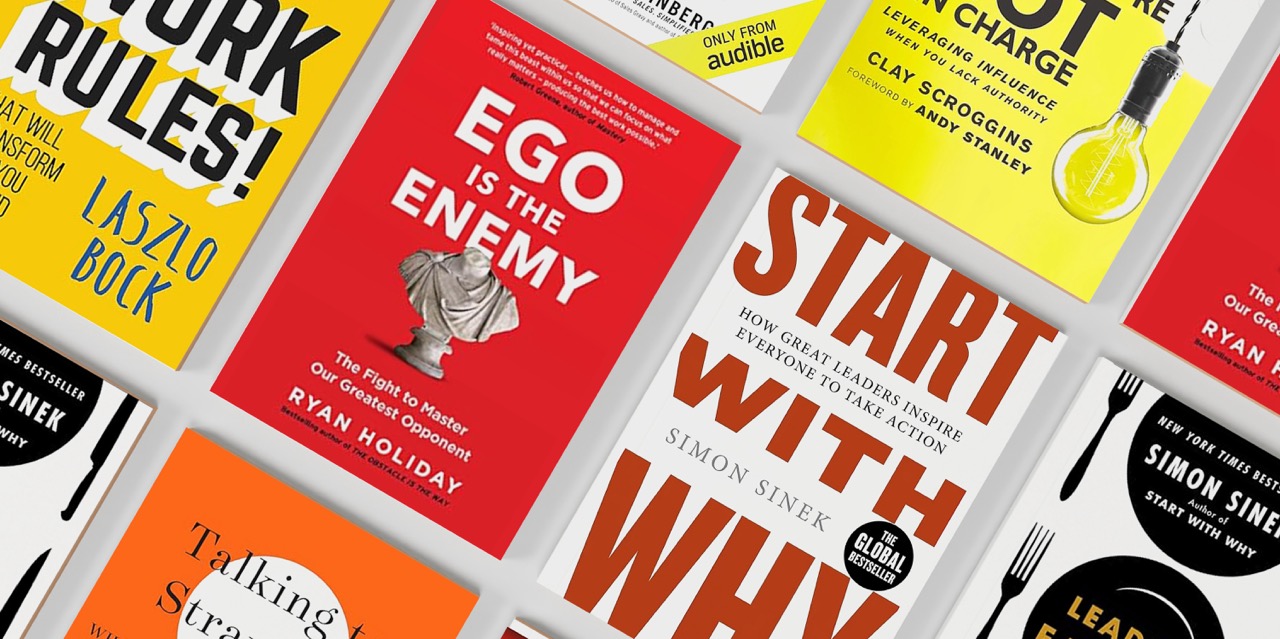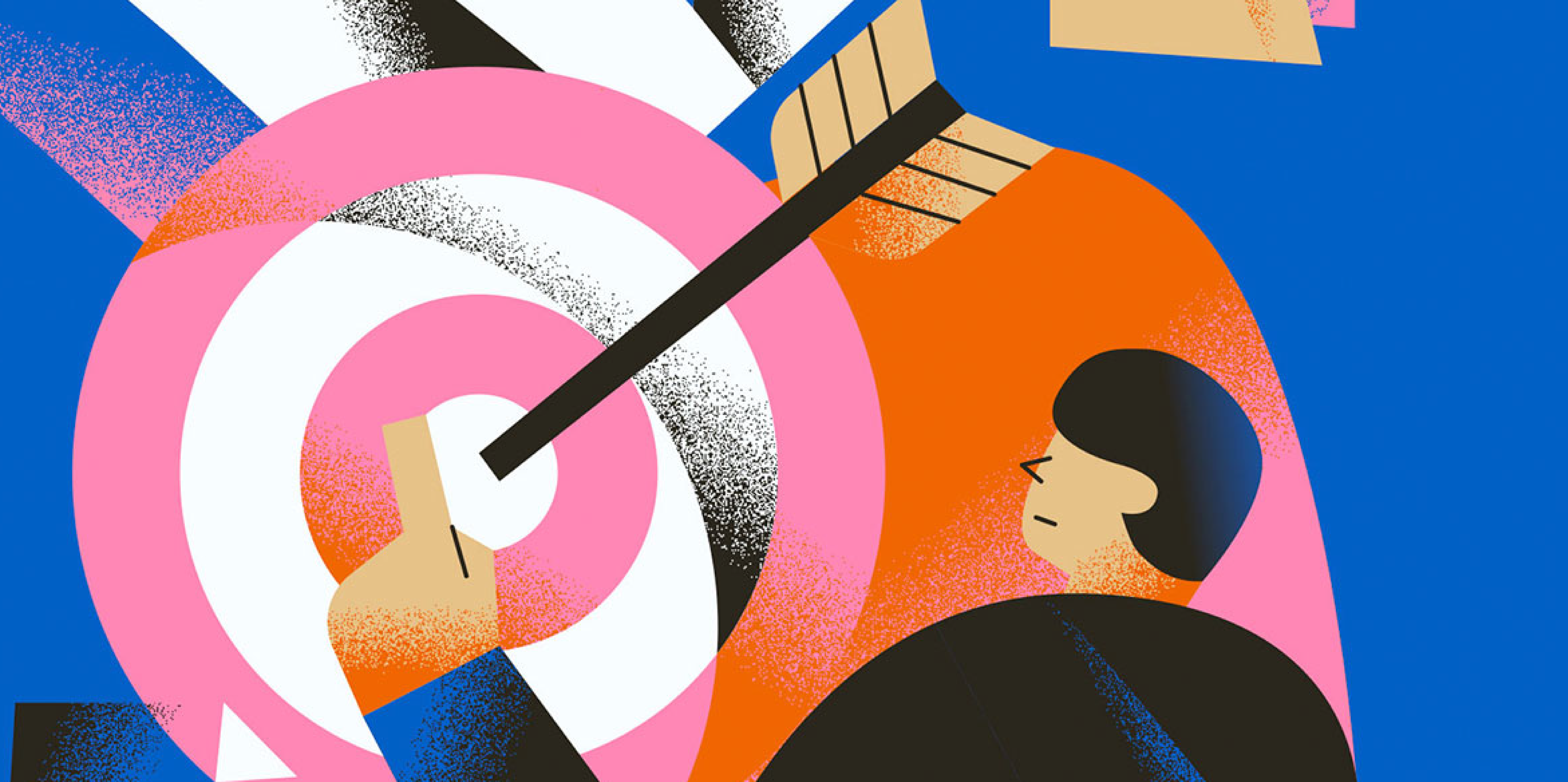to the list of articles
to the list of articles
back
back
August 26, 2025
Event
Vacancy
Article
The LABUBU phenomenon and the future of brand strategy
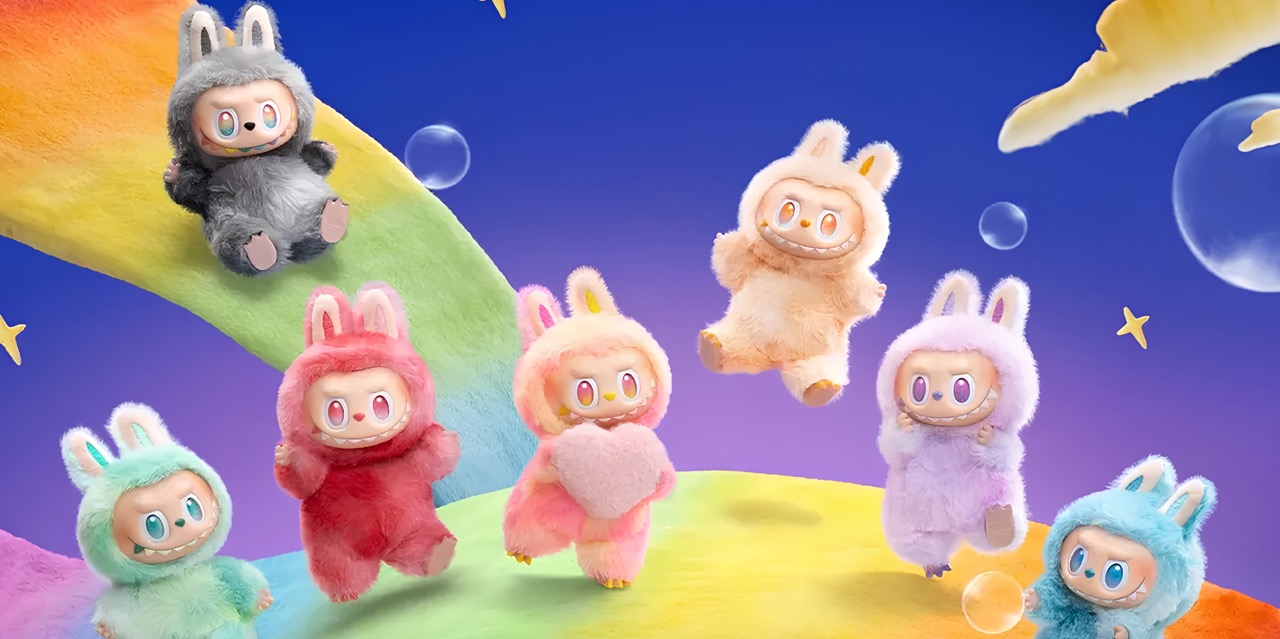
Labubu — wide-eyed characters imagined by Hong Kong illustrator Kasing Lung — are sold in blind boxes, sealed packages with a random figurine inside. At first glance, they look like a small collectible toy. In reality, they’re a case study in how global brands are changing.
What initially appeared to be a local fad has grown into a cross-continental phenomenon. Labubu figurines are now sold across Asia, Europe, and the U.S., creating a new model of consumer communities. And the point is not the toy itself, but how modern companies build demand, emotion, and engagement at scale.
Pop Mart’s record growth
In the first half of 2024, Pop Mart — the company behind Labubu — reported RMB 6.65 billion ($920 million) in revenue and tripled its profit. Its market capitalization exceeded $40 billion, more than twice that of Hasbro and Mattel combined.
The forecast for the first half of 2025 is even more ambitious: a 350% year-on-year profit increase. This positions Pop Mart as one of the fastest-growing players in the industry.
The TikTok moment
Labubu’s breakthrough came from a cultural spark: Blackpink’s Lisa was spotted carrying a plush version of the toy. That single image triggered a wave of TikTok content and became the launchpad for explosive growth.
The outcome: a 726% surge in Labubu-related revenue and nearly a quarter of Pop Mart’s total sales. This shows that the new era of branding is not driven by advertising campaigns, but by cultural moments amplified by fan communities.
The mechanics of surprise
The blind box model is at the core of Pop Mart’s strategy. It’s behavioral design: a system of random rewards, familiar from gaming, that stimulates repeat purchases and creates anticipation.
– On TikTok, there are already over 1.7 million videos tagged #Labubu.
– Limited editions, such as Rainbow Labubu, have sold at auction for $150,000.
– At Pop Mart’s flagship store in New York, teens gather less to shop and more to trade figurines or livestream unboxings.
Labubu operates closer to sneaker culture than to traditional retail.
From product to ecosystem
The Labubu phenomenon is part of a broader trend among Chinese brands that put community and emotion at the center, rather than price or technology.
Xiaomi has evolved from a smartphone manufacturer into a lifestyle platform, spanning wearables, EVs, and smart home products. Its “Mi Fans” actively influence product development.
Miniso has turned shopping into a treasure hunt: collaborations with Sanrio, Marvel, or Coca-Cola go viral on social media, while its stores are designed as spaces of discovery.
Heytea has made each new drink launch an event amplified by influencers. Collaborations with Fendi and Instagram-ready store design have transformed tea into a lifestyle.
All of these examples work on the same logic: the product is only the entry point; real value is created within the community.
Scaling emotion
The key to this strategy is building infrastructure for emotional engagement. While Western brands have long relied on storytelling, Chinese brands are betting on experiences that can be scaled through communities.
Labubu proves that emotion itself can become an asset. Rare figurines are resold for 5–30 times their retail price, and anti-counterfeiting efforts only reinforce their value. In this sense, Labubu is not just a product but an IP asset with both economic and cultural capital.
Takeaways for brands
1. Consumers want not only products, but also emotions, novelty, and community.
2. Brand scaling now happens through visual culture that travels without translation.
3. The old model of “position — promote — push” is no longer effective. Today’s brands grow through feedback loops, co-creation, and fan engagement.
Source: Fast Company
No items found.
We are waiting for you at the event!
We are waiting for you
Oops! Something went wrong while submitting the form.
